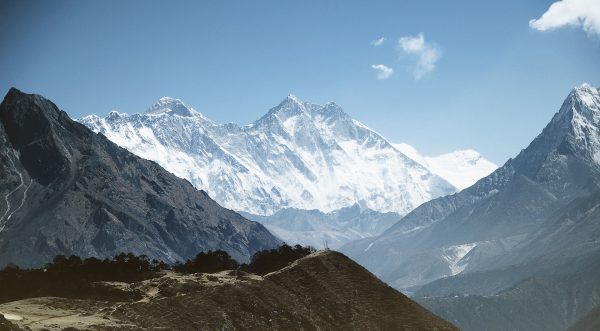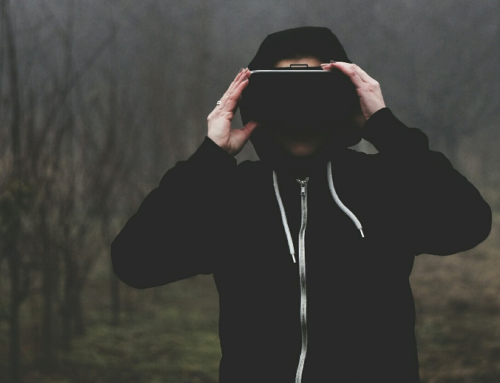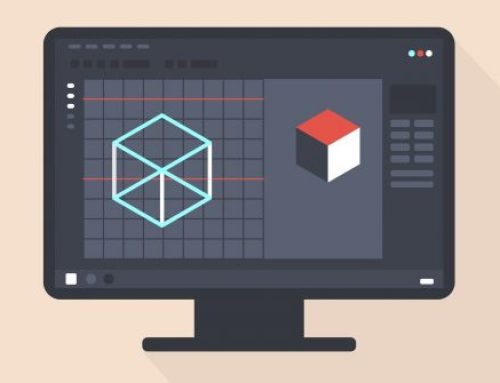Warum das Bergsteigen durch Everest VR seinen Schrecken verliert.
Berge – echte, baumlose, schneebedeckte Berge – fühlen sich wie fremde Welten an. Die Luft ist dünner, das Wasser kocht schneller. Der Wind scheucht alle Lebenszeichen von steilen Felswänden und Algen werden zu Schnee in einem seltsamen, blutigen Rosa. Die natürlichen Kräfte, die in dieser Höhe wirken, wie schlechtes Wetter, werden zu lebensbedrohlichen Hindernissen.

Die Nutzung von Everest VR, ein neues Virtual-Reality-(VR)-Erlebnis für das HTC Vive, gleicht nicht dem Besteigen eines Berges in der Realität. Keine virtuelle Realität kann das Knirschen von Schnee unter den Schuhen während langsamer, taubstumpfer Stunden des Schleppens auf einem Hang, der nie zu enden scheint, nachahmen, oder dem Gefühl endlich das Ziel erreicht zu haben. Bei Everest VR kommen Bergsteiger recht schnell und einfach ans Ziel und es dauert nicht einmal länger als einen ganzen Tag. Eine intensive Vorbereitungsphase wie z.B. die Erkundung der Umgebung sind nicht notwendig.
Kunst muss nicht rekonstruieren, sondern nur evozieren.
In jedem anderen Medium wäre dies zu selbstverständlich, um überhaupt darauf hinzuweisen – und vor allem würde es den Wert der Arbeit nicht mindern. Kunst muss das reale Leben nicht nachahmen, sondern nur evozieren, und Everest VR beginnt mit einem starken Fundament. Aus Hunderttausenden von realen Fotos zusammengesetzt, bildet es eine der großartigsten virtuellen Welten, die bisher je erstellt wurden. Eine klare und strenge Landschaft, die nur durch die Grenzen der Bildschirmauflösung des HTC Vive beeinträchtigt wird. In einer Reihe von Vignetten gehen die Teilnehmer vom Basislager zum Gipfel und erschließen dann einen „Gottmodus“, der den Himalaya auf die Größe von Ameisenhaufen schrumpft und dem ganzen Aufstieg einen Kontext gibt.
Aber man bekommt das überwältigende Gefühl, dass wir diese Einstellung als eine Art Ersatz für das Reale betrachten sollen und nicht nur für ein Kunstwerk. Offensichtlich setzen die Menschen unrealistische Erwartungen an die VR. Der vermittelte Eindruck vieler Presseberichte ist, dass damit jeder den Mount Everest besteigen kann – was aus den oben genannten Gründen eine eher optimistische Aussage ist. Jeder Abschnitt wird auf einem Flachbildschirm im Inneren des Headsets vorgestellt, bevor Sie zu einem Ort transportiert und gebeten werden, so etwas wie einen kurzen Spaziergang zu machen oder eine Leiter zu erklimmen. Es gibt einige Voiceover-Abschnitte und ein paar Objekte, die man aufnehmen und herumwerfen muss, aber es ist eine einfache lineare Erfahrung, die insgesamt weniger als eine Stunde dauert.
Für einige Abschnitte, wie z.B. das Erreichen des Gipfels, können Sie Ihren Controller auf eine Position zeigen und diesen anklicken, um sich vorwärts zu teleportieren. Dies ist ein allgemein anerkannter VR-Mechanismus, aber Everest VR ist der seltene Ort, an dem es nicht wirklich funktioniert. Die Fähigkeit, den Berg so leicht zu durchqueren, untergräbt seine Kraft. Wenn man endlich oben ankommt und seine Flagge wedelt, fühlt es sich recht billig an. Abgesehen vom schönen „Gottmodus“ vermittelt Everest VR lediglich eine visuelle Vorstellung über das Besteigen des Berges und lässt viele Aspekte der realen Welt außen vor.
Dafür gibt es natürlich rein praktische Gründe. Die Expedition ging von der Ankündigung bis zum Launch in etwa 8 Monaten online. Das Entwicklungsunternehmen Solfar Studios arbeitete an dem Projekt weniger als 2 Jahre. Es wird an eine sehr kleine Zielgruppe in einem ganz speziellen Bereich verkauft.
Wir setzen unrealistische Erwartungen an VR.
Und um es klarzustellen, Everest VR hat seine ganz eigenen Vorzüge. Es ist ein schönes Spiegelbild eines Ortes, den die meisten von uns nie sehen werden. Aber es ist immer noch verlockend, sich vorzustellen, wie viel tiefer und überzeugender das Material sein könnte, wenn es mehr Zeit mit dem Aufbau von Atmosphäre oder dramatischen Spannungen und weniger mit gerader Rekonstruktion verbringen würde.
Das vielleicht bekannteste Werk über den Mount Everest ist Jon Krakauers Ito Thin Air, ein Fachbuch über eine verheerende Kletterexpedition aus dem Jahr 1996. Kraukauers Worte können Ihnen den Berg nicht visuell präsentieren, aber Leser können in den Text eintauchen und sich damit mit der Gedankenwelt und den Erinnerungen einer anderen Person auseinandersetzen. Es gelingt dem Autor, ein unglaubliches Gefühl von Ehrfurcht und Schrecken zu vermitteln, auch wenn man sich gerade in einer warmen Wohnung Tausende von Kilometern entfernt befindet. Everest VR hingegen, kommt der visuellen Darstellung dessen, was der Kletterer sehen könnte, ganz nahe. Viele Gefühle und Erfahrungen des Kletterers können jedoch durch das VR-Headset nicht nachgeahmt werden, so dass beide Werke Ihre jeweiligen Vorzüge haben.
Vielen Dank für Ihren Besuch.


